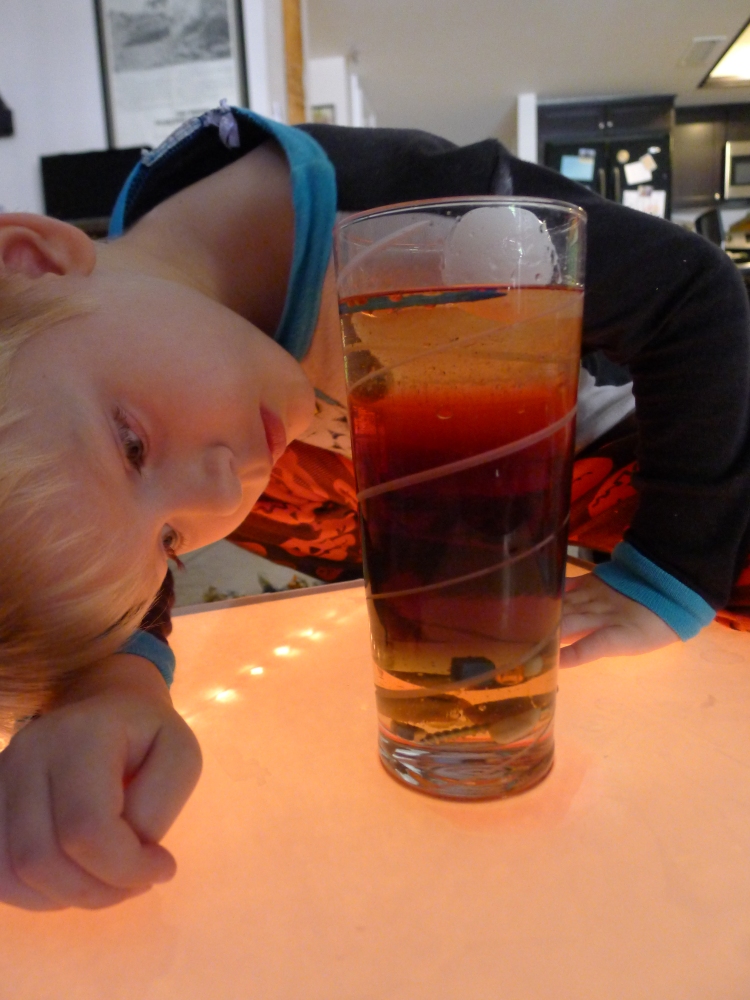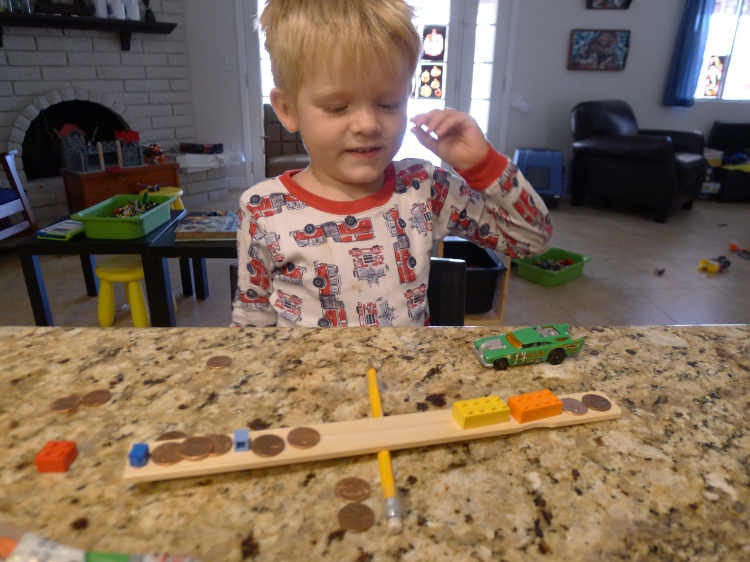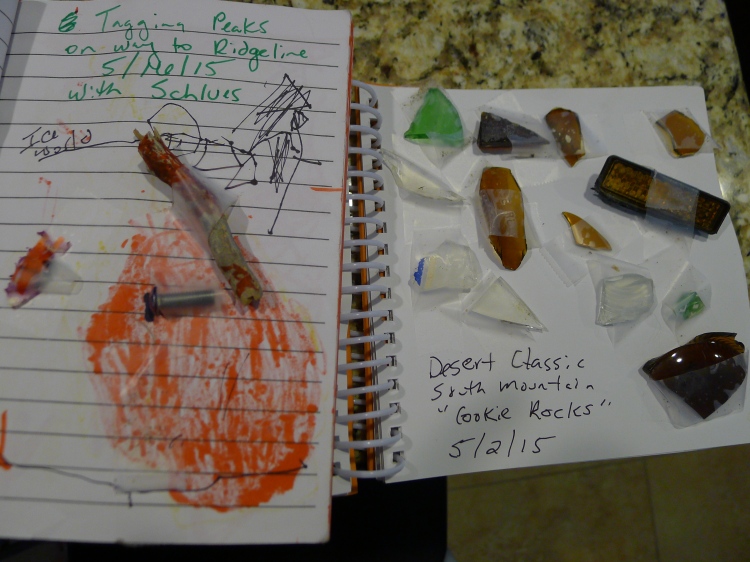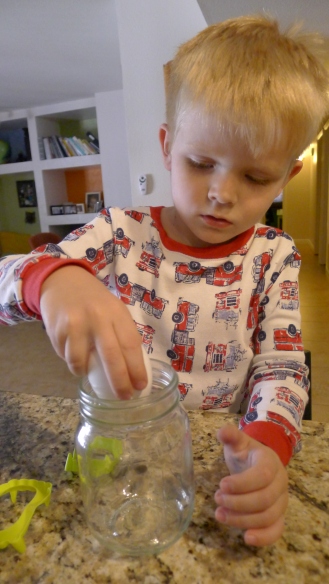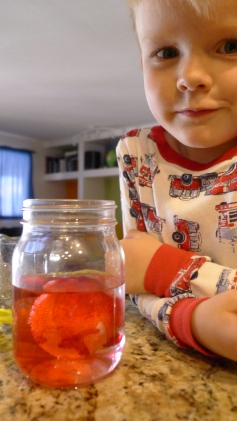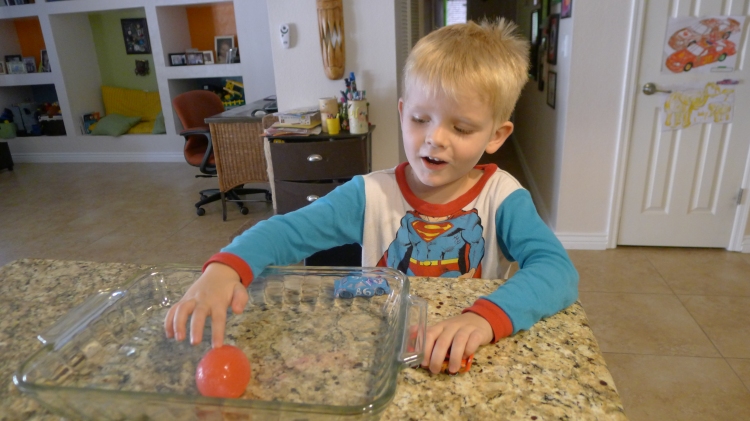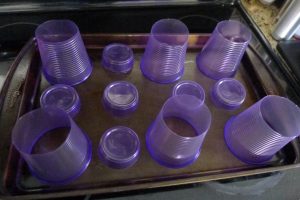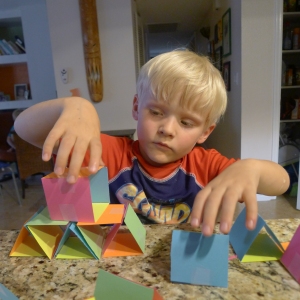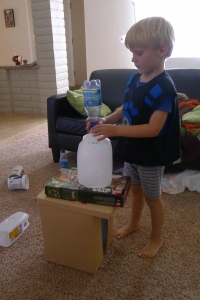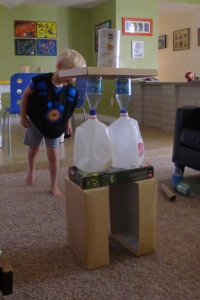It’s not the destination, it’s the journey. If you google something along these lines, you will be met with multitudes of inspirational quotes by everyone from Maya Angelou to Drake. Yesterday, I received a personal reminder of the power of this phrase.
My friend, Lala, had jury duty and needed a sitter for her four year old son, Alex. Lala had just done me the awesome favor of watching my cats for an entire month. How could I say no? I wouldn’t anyway because I adore her son.
Alex is one of those children who is so full of energy and ideas. You have to keep your eye on him every second or you’ll find him lining up chairs to climb from the table to the counter and beyond. I used to joke with his mom that I wouldn’t recognize him if he didn’t have some sort of cut or bruise. He’s just in a constant state of exploration, with no desire to heed caution.
As a parent, I’m sure this can be exhausting, but as his babysitter, it’s a lot of fun. I’m always curious to see where his mind is going to go, what things he is going to try. Yesterday was no exception.
We started off by assembling a track for the Hot Wheels. The track is the same orange track that has been around for the last twenty years. It has a little launcher on one end, powered by stretching an interior rubber band. We placed a car in the launcher, pushed the car back to stretch the band, then hit a button to release the tension and propel the car forward. I have played with the track countless times with my own boys. We test all the cars to see which will go the farthest, and then we are usually done. We might build the track another way to see how that changes things, but it is always cars on the track.
Alex did this. Then he looked at a Bingo set I had near by, complete with the metal rotating cage and plastic balls. He said “I want to play with this now.”
Great, let’s play Bingo. Instead, he took a ball out of the cage and placed it on the car launcher. Instant gratification- the ball was significantly lighter, and shot across the room.

“That went really far, Miss Kat.”
Yes, it did. I began to worry that I might be cleaning up a lot of little balls off the floor, but after a few more launches, he grew tired of it. Tried that, saw what happened, done.
We moved on to painting. If there is one thing I’m sort of known for when it comes to kids, it’s that I’m not afraid to let them get messy.
I gave Alex a piece of poster board, a plastic pallet with around ten paint colors, a few containers of glitter, and a cup full of various sized brushes.
I have painted with a lot of children. But Alex did things I have never seen a child do. I have had children dip all kinds of things besides paint brushes into their pallets- fingers, puff balls, leaves, rocks, cars, candles, pencils. But I have never had a child ask this question:
“Can I turn it over?”
I thought about it. The mom in me thought oh, that’s going to be a mess. The teacher in me thought YES! The teacher won out.
Alex first tipped it sideways, and giggled.
“It’s dripping!”


Then he tipped it completely over to see if he could increase the size or intensity of the drips. We were both fascinated watching the paint stretch and fall onto the board.
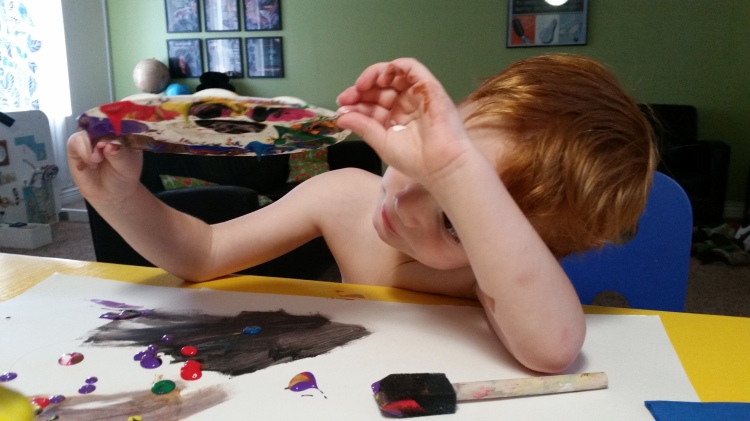
Next he placed the pallet directly on to the canvas, lifting it after a few seconds to see what the result was.

He then began drumming on the pallet to see how much of the paint he could get out.
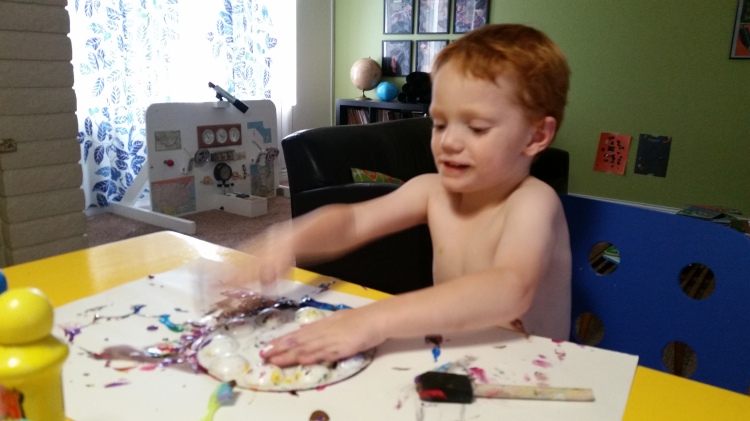
Feeling he had exhausted every possibility with the canvas, he moved on to the paint, running his fingers through the liquid and becoming delighted when it would squish through his hands. 
I asked him if he had ever written in paint, and used a stick to write his name in the liquid. He quickly wiped the word away and laughed. It became a game- i would write the name, he would erase it with a sweep of his hand.
Next, he wanted to try the sprinkles. But it really had nothing to do with the look of the glitter. He grabbed a glitter bottle in each hand and began to shake, moving his whole body in rhythm. Every once in awhile he would stop to look at the mounting pile of glitter, but it really seemed to be more about the movement of shaking.
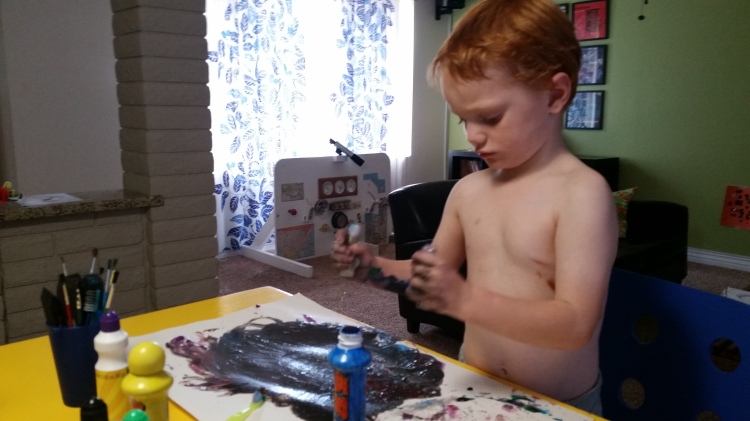
Last, he took about ten paint brushes in one hand, and began running them over the paint to create lines.

The painting was a pretty standard piece of kid artwork, if you were simply looking at it and didn’t know the method behind the piece. I didn’t come away thinking he’s the next Picasso. But I did think if he could hold on to that ability to think in new ways, he’s going to become a heck of a problem solver.
As we get older, experience teaches us to let go of that type of ingenuity. We focus on the result- a mess that will have to be cleaned, materials that were used, an end product we may or may not be happy with. But the joy and creativity taken from the method is lost. Who cares if we have to spend ten minutes cleaning brushes? So what if we got paint on a shirt? Maybe the painting is nothing to frame, but wasn’t it fun just to wonder what will happen if I do this?
We can’t do it every day, with every experience. Yes, we are adults. We have to keep some kind of functioning order. Sometimes duty and responsibility win out over creativity. But that’s not always the case. Give yourself permission to do something purely for the thrill of it, without thought of how it will pan out. Let the paint fly!




